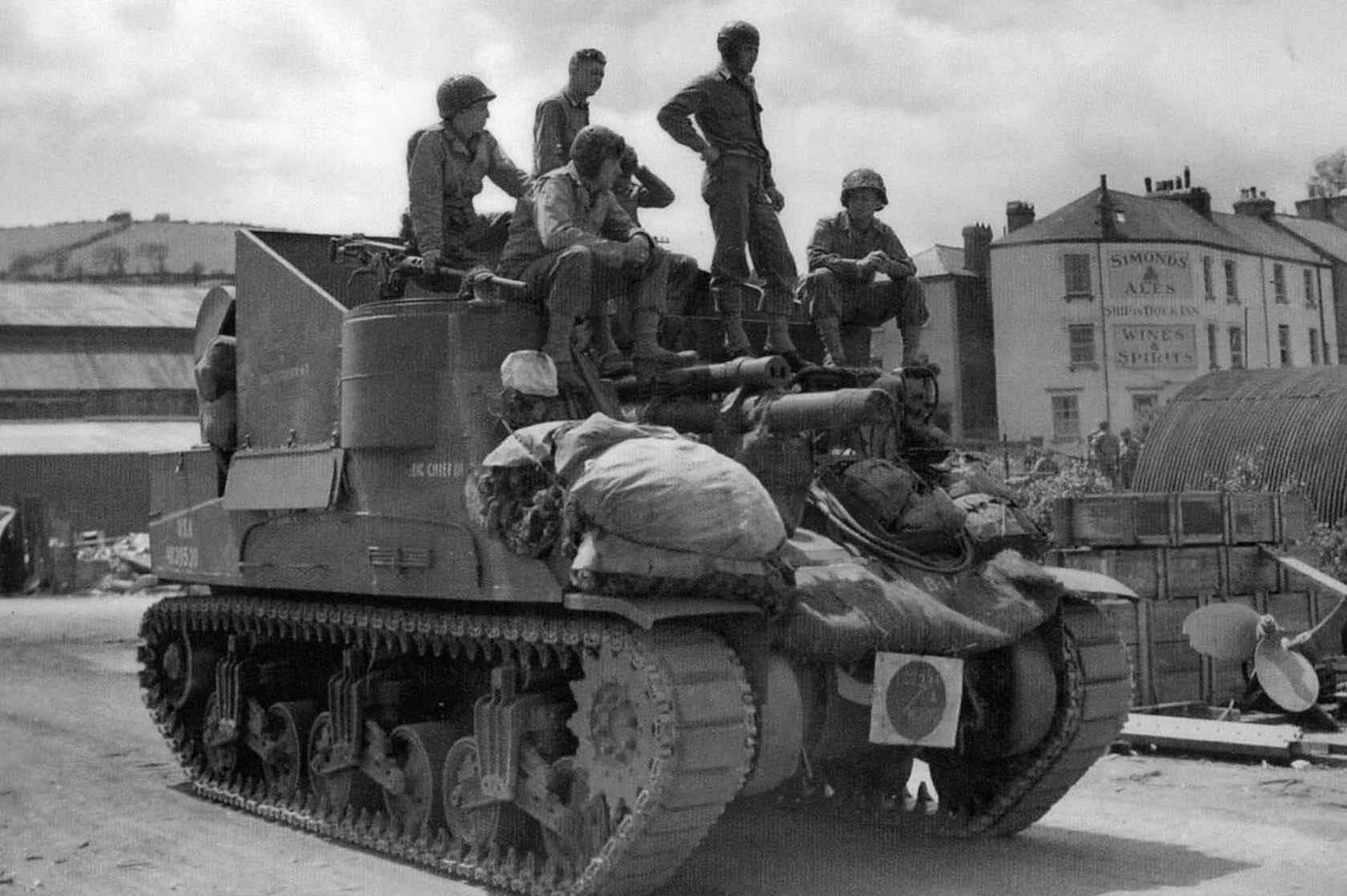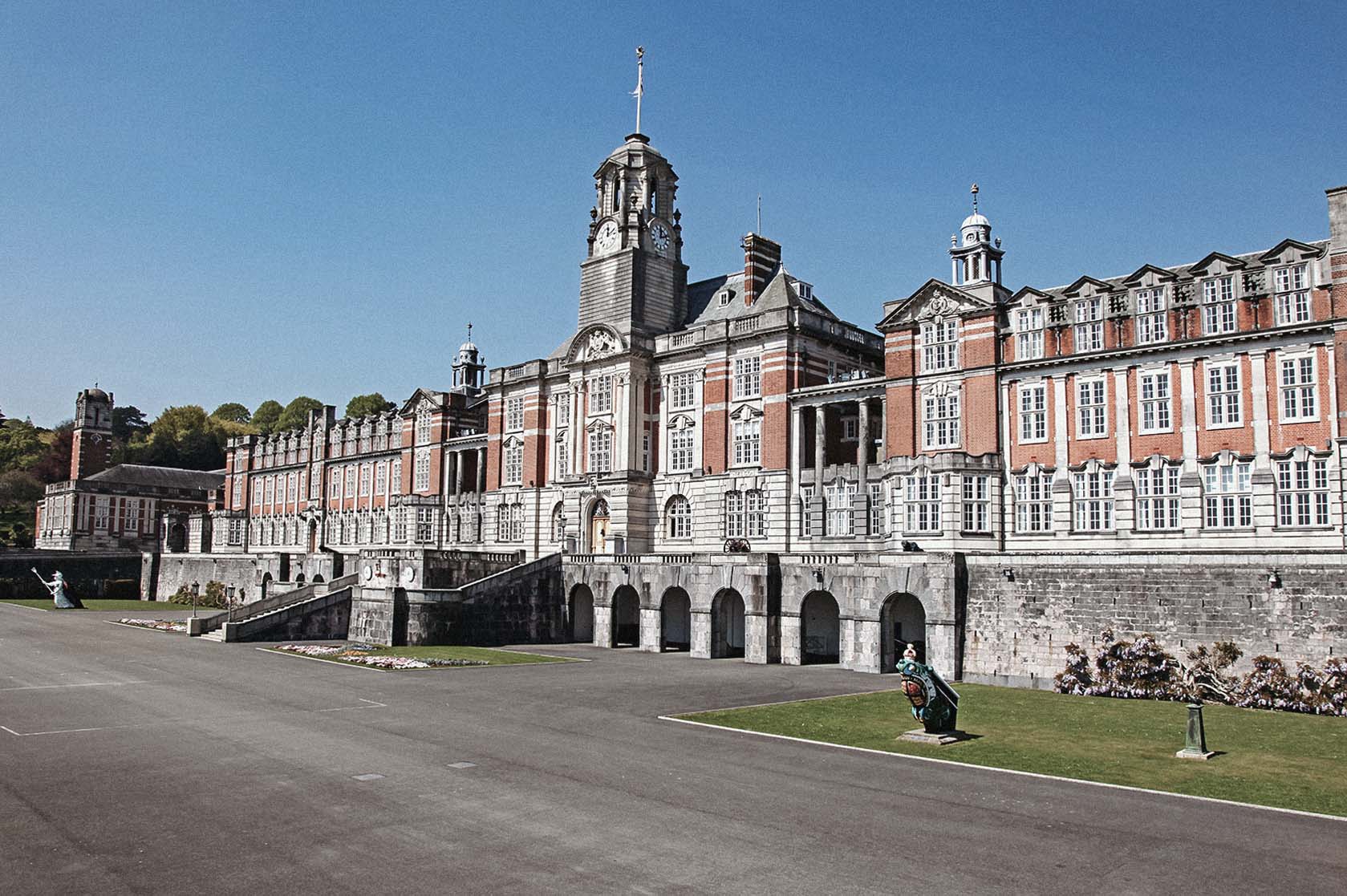The History Of Dartmouth
The History of Dartmouth and it’s influence in today’s modern World is quite remarkable.
Early History
Dartmouth is an ancient market town set on the western banks of the river Dart and was first referenced in the Domesday Book of 1086, which lists Dunestal (now Townstal) as the only settlement which is now part of the parish of Dartmouth.
Dartmouth began to grow as a port with its natural deep-water harbour and became of strategic importance for sailing vessels throughout the ages.
It was a sailing point for the 2nd and 3rd Crusades of 1147 and 1190 and Warfleet Creek featured much in the area where the ships assembled.
The Royal Navy’s influence began as early as the reign of Edward III, where during the Hundred Years’ War, the mouth of the river was closed each night by the extension of a large chain. The narrow mouth of the Dart is protected by two castles, Dartmouth Castle and Kingswear Castle.
Dartmouth has long-held Royal connections and respectable society and it formed a major base for privateering in medieval times, where John Hauley, a licensed privateer was mayor of Dartmouth and is buried in front of the altar of St. Saviour’s Church. The first church in the parish was St. Clement’s at the top of town in Townstal. St. Saviour’s Church was constructed in 1335 and consecrated in 1372.
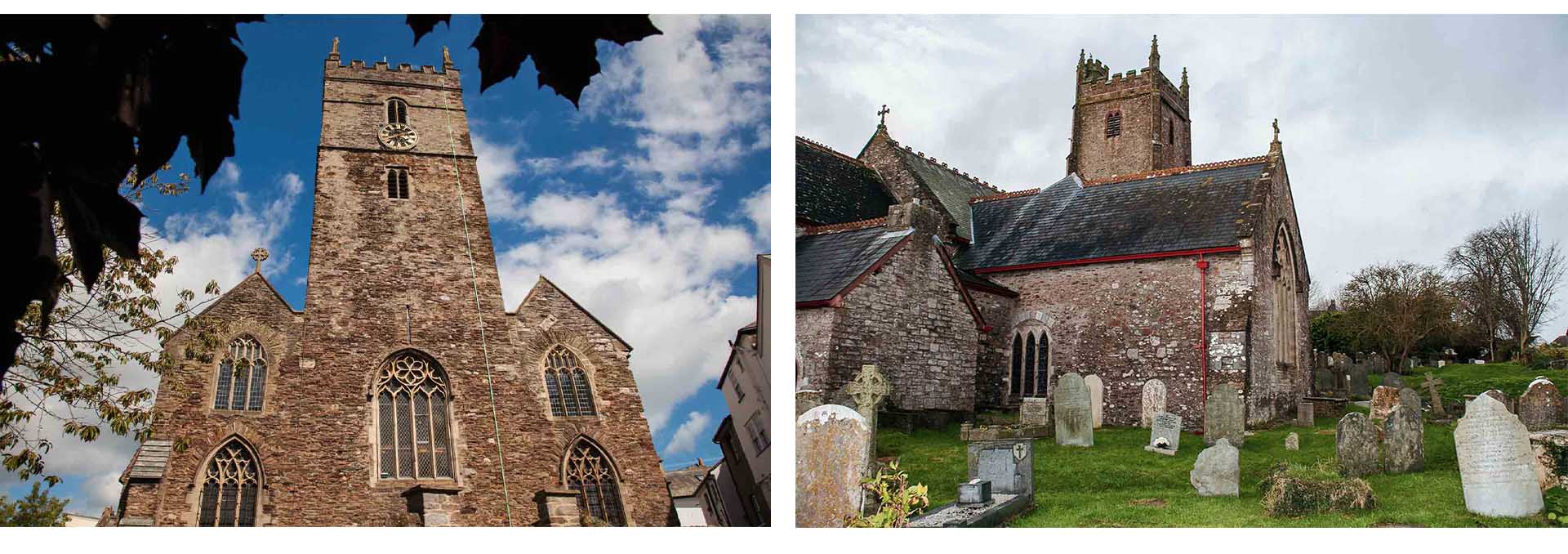

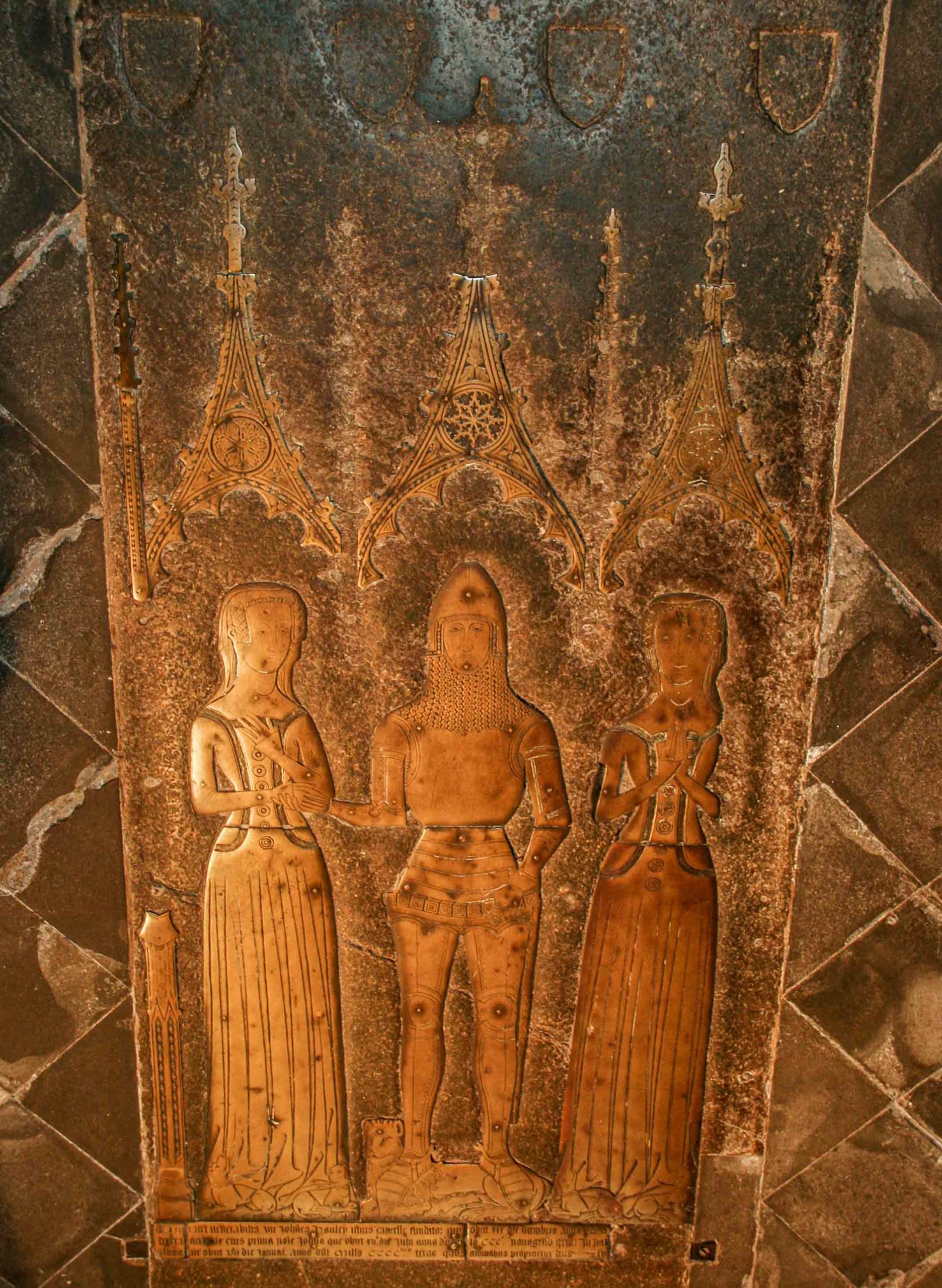
Early History
Dartmouth is an ancient market town set on the western banks of the river Dart and was first referenced in the Domesday Book of 1086, which lists Dunestal (now Townstal) as the only settlement which is now part of the parish of Dartmouth.
Dartmouth began to grow as a port with its natural deep-water harbour and became of strategic importance for sailing vessels throughout the ages.
It was a sailing point for the 2nd and 3rd Crusades of 1147 and 1190 and Warfleet Creek featured much in the area where the ships assembled.
The Royal Navy’s influence began as early as the reign of Edward III, where during the Hundred Years’ War, the mouth of the river was closed each night by the extension of a large chain. The narrow mouth of the Dart is protected by two castles, Dartmouth Castle and Kingswear Castle.

Dartmouth has long-held Royal connections and respectable society and it formed a major base for privateering in medieval times, where John Hauley, a licensed privateer was mayor of Dartmouth and is buried in front of the altar of St. Saviour’s Church. The first church in the parish was St. Clement’s at the top of town in Townstal. St. Saviour’s Church was constructed in 1335 and consecrated in 1372.


Early History
Dartmouth is an ancient market town set on the western banks of the river Dart and was first referenced in the Domesday Book of 1086, which lists Dunestal (now Townstal) as the only settlement which is now part of the parish of Dartmouth.
Dartmouth began to grow as a port with its natural deep-water harbour and became of strategic importance for sailing vessels throughout the ages.
It was a sailing point for the 2nd and 3rd Crusades of 1147 and 1190 and Warfleet Creek featured much in the area where the ships assembled.
The Royal Navy’s influence began as early as the reign of Edward III, where during the Hundred Years’ War, the mouth of the river was closed each night by the extension of a large chain. The narrow mouth of the Dart is protected by two castles, Dartmouth Castle and Kingswear Castle.

Dartmouth has long-held Royal connections and respectable society and it formed a major base for privateering in medieval times, where John Hauley, a licensed privateer was mayor of Dartmouth and is buried in front of the altar of St. Saviour’s Church. The first church in the parish was St. Clement’s at the top of town in Townstal. St. Saviour’s Church was constructed in 1335 and consecrated in 1372.

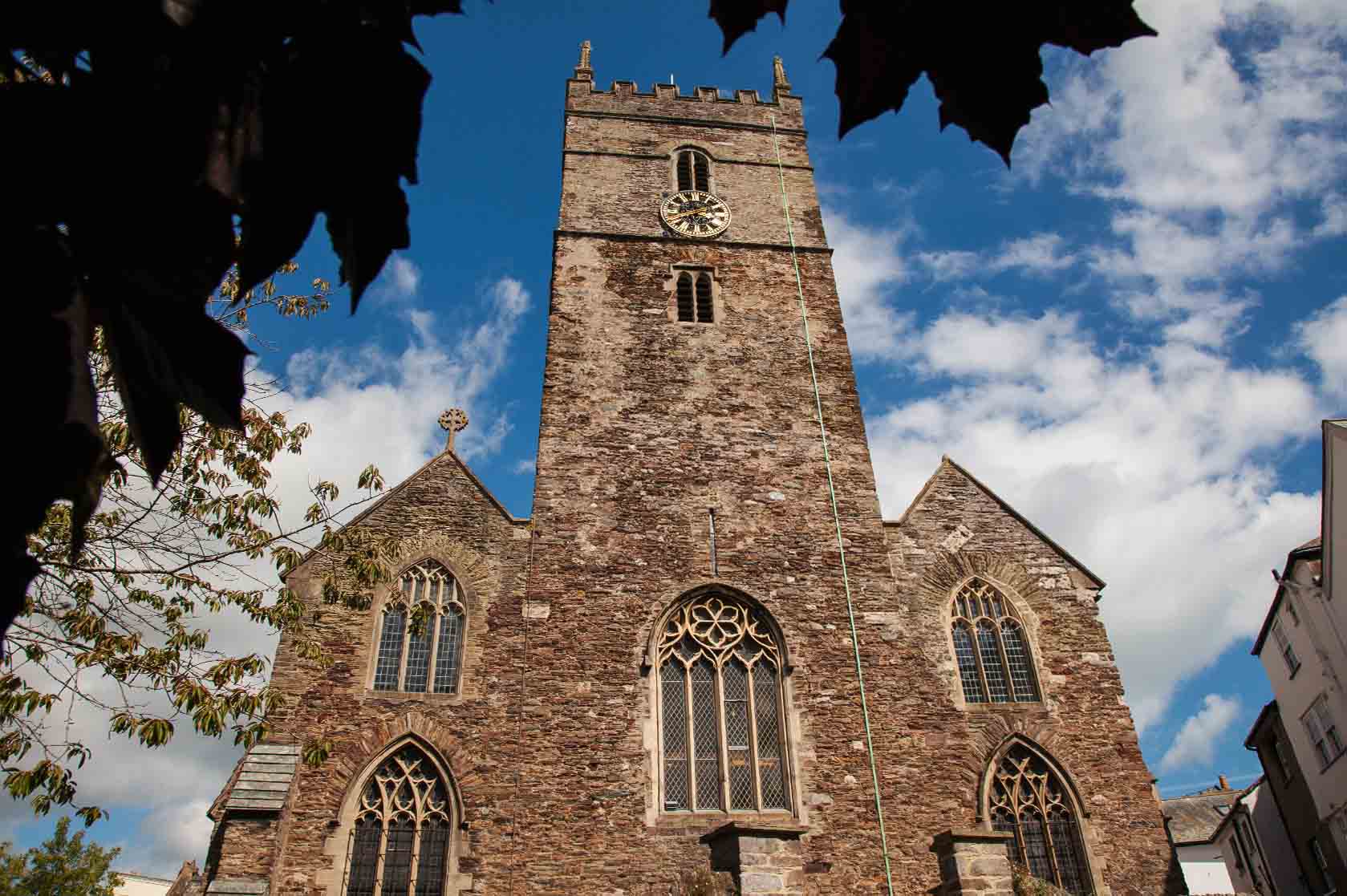

The Pilgrim Fathers
On 23rd August 1620 the ‘Pilgrim Fathers’ put in to Dartmouth en route from Southampton to the ‘New World’ in America. One of their two ships, the Speedwell, was leaking and had to be repaired. They continued their journey on or about 31st August. The Mayflower and the Speedwell got approximately 300 nautical miles west, south west of Lands End when the Speedwell started taking on water again. They agreed to turn back and put into Plymouth.
The Speedwell was abandoned and on 16th September 1620 the Mayflower left Plymouth alone and landed in Cape Cod 66 days later.
The Mayflower carried 102 passengers and approximately 30 crew.

The 17th to 19th Centuries
By 1671 what is now Royal Avenue Gardens (previously known as the New Ground) was reclaimed from a sandbank and much of what is now the town center was reclaimed from tidal mudflats in the early part of the 19th century.
In 1828 New Road (now Victoria Road and Duke Street) was constructed across the silted-up Mill Pool up to and beyond the Ford Valley.
In 1881, the Harbour Commissioners designed a scheme for the creation of an embankment close to the Lower Ferry to Hardness. In 1889 Commissioners for the railway, later to become Great Western Railway built a new station that never saw a train and is now called ‘Platform 1’ restaurant. Further land reclamation at Coombe Mud (now Coronation Park) was completed in 1937 by an extension to the embankment and mudflats.
The onset of WWII saw Dartmouth once again used to support the military where numerous support vessels were built at the Philp & Sons Shipyard on the Dart. Later in the war, the town and in particular the river Dart was used as an assembly point for American troops for the preparation of D-Day, and their departure for the Utah beach in Normandy.
The town’s connections to the military remain strong to this day, with Britannia Royal Naval College continuing to train officer cadets as it has done since its opening in 1905. The College sits high on a hill overlooking the River Dart. Its distinctive design by Sir Aston Webb, with its red brick and Bath stone, make an iconic part of Dartmouth’s history. It was here that Her Majesty the Queen first officially met His Royal Highness the Duke of Edinburgh in 1939.
